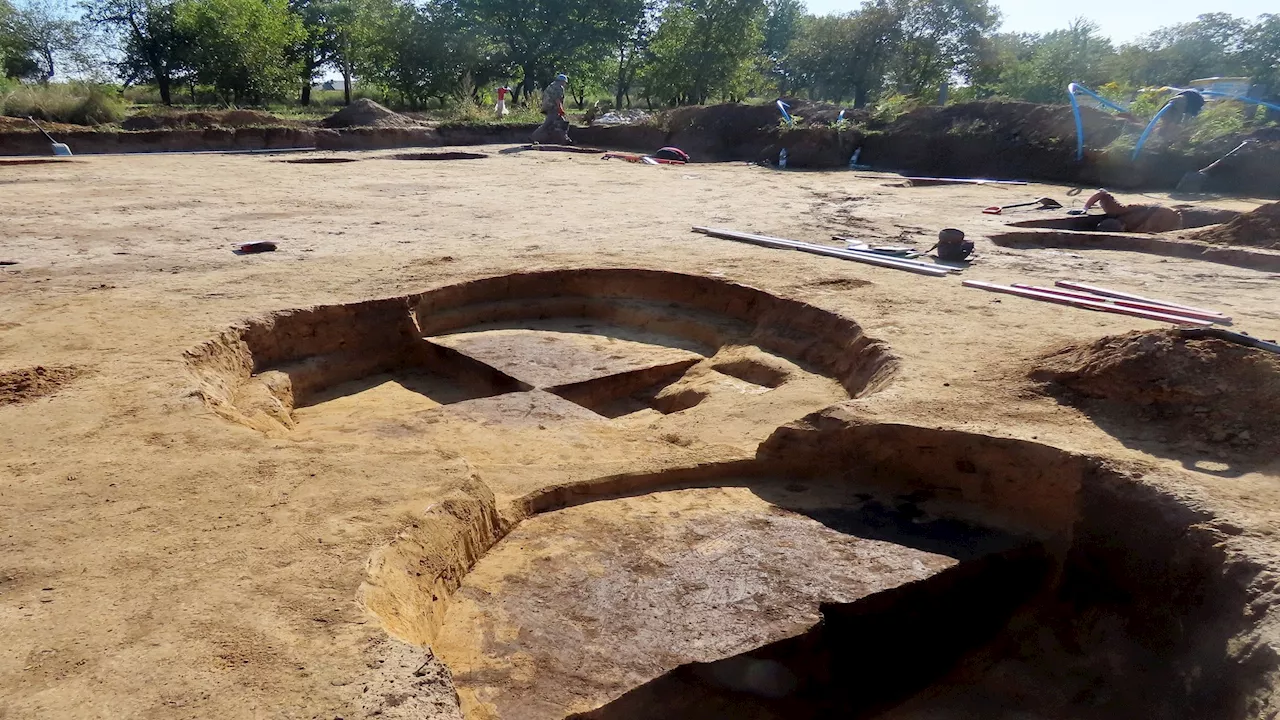Archaeologists unearthed a 6,000-year-old longhouse, revealing the presence of not one, but two distinct Neolithic cultures.
In a surprising turn of events in Poland, an archaeological team uncovered not one but two distinct Neolithic cultures, sparking immense fascination in the world of ancient history.
Archaeologists uncovered large storage pits containing fragments of clayware, flint tools, and animal bones. These findings confirmed their expectations of the culture’s presence. However, a “completely unexpected” and more intriguing discovery was also made: a longhouse dating from several thousand years before the Funnelbeakers .
who migrated from the Transcarpathian territory in southwestern Ukraine to modern-day Poland. Named after their pottery, characterized by parallel line motifs, they left behind some of the oldest ceramics in Europe. The Linear Pottery settlement appears to have extended beyond the construction site, and similar longhouses from this period have been found in other parts of Poland, Germany, the Czech Republic, and Ukraine, as perpits and “cops” around the large house provide insights into their cultural practices, including their techniques for building walls out of soil, according to
United States Latest News, United States Headlines
Similar News:You can also read news stories similar to this one that we have collected from other news sources.
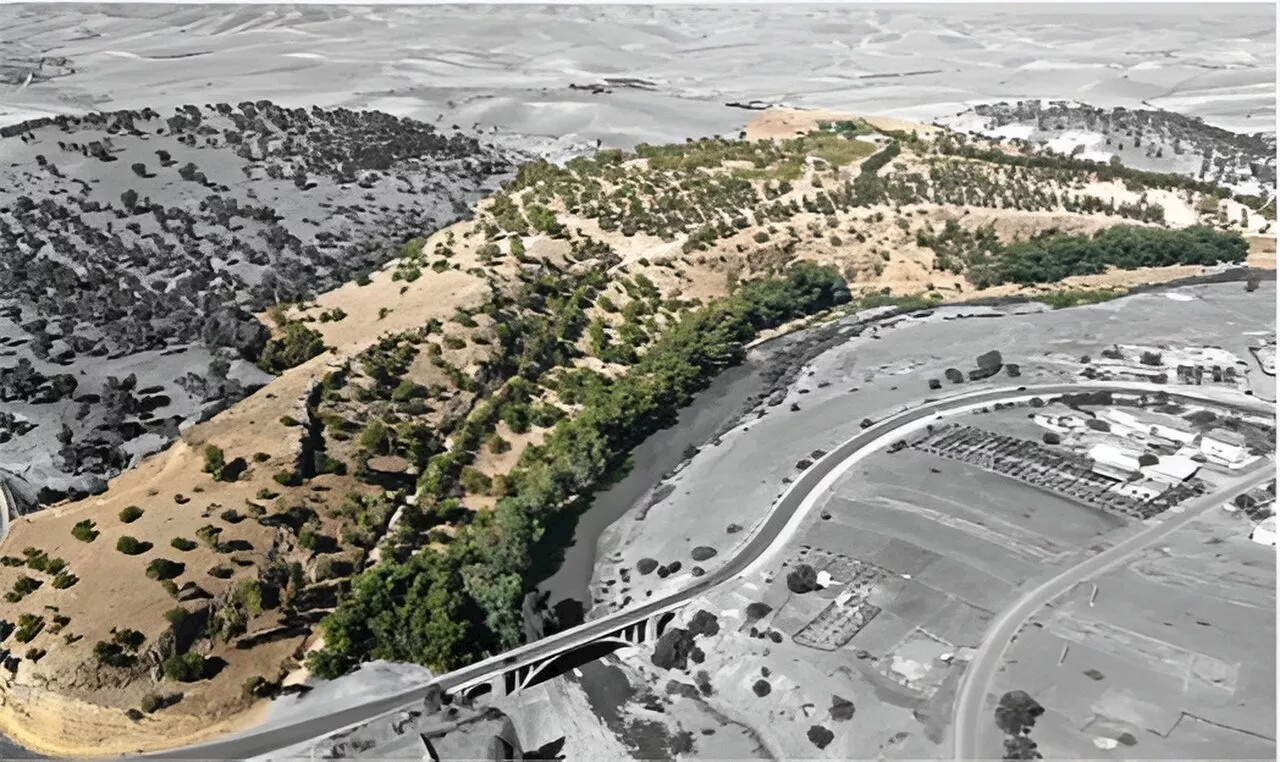 Previously Unknown Neolithic Society in Morocco Discovered: North Africa's Role in Mediterranean PrehistoryArchaeologists have unearthed evidence of a previously unknown Neolithic society in Morocco, shedding light on North Africa's significant role in the development of early civilizations in the Mediterranean region.
Previously Unknown Neolithic Society in Morocco Discovered: North Africa's Role in Mediterranean PrehistoryArchaeologists have unearthed evidence of a previously unknown Neolithic society in Morocco, shedding light on North Africa's significant role in the development of early civilizations in the Mediterranean region.
Read more »
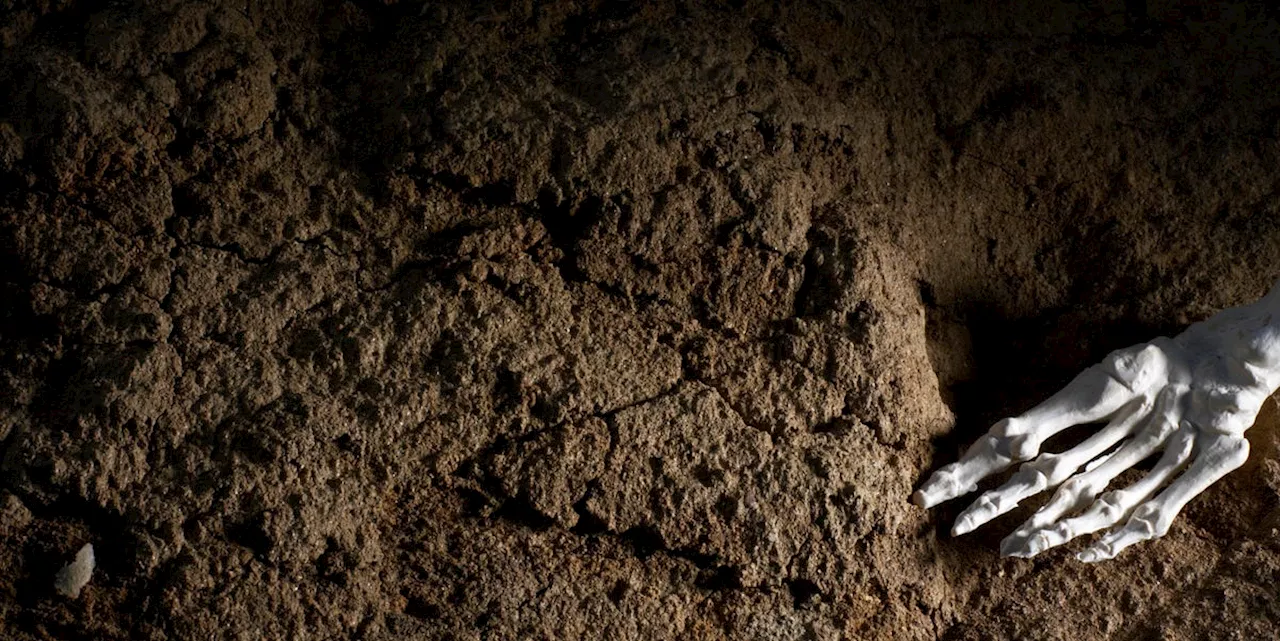 Archaeologists Found a ‘Perfectly Preserved’ Skeleton—It’s Over 2,000 Years OldFinally, we beat grave robbers to the punch
Archaeologists Found a ‘Perfectly Preserved’ Skeleton—It’s Over 2,000 Years OldFinally, we beat grave robbers to the punch
Read more »
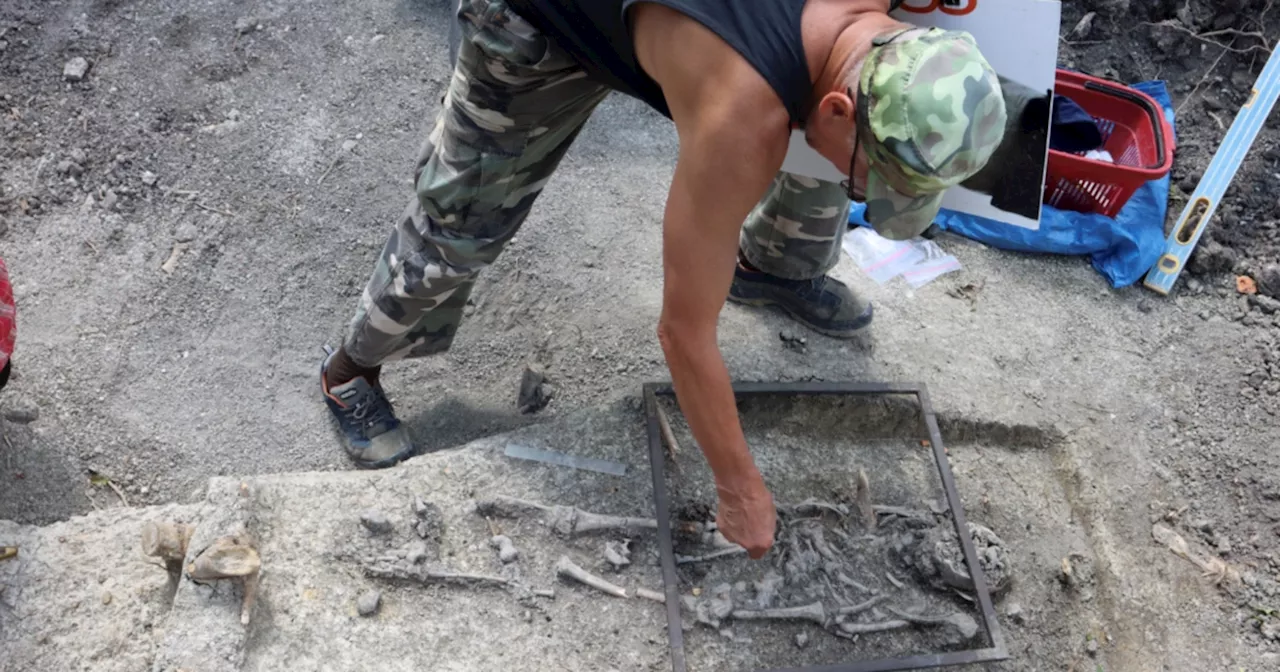 Remains of decapitated 'vampire child' found in Poland, archaeologists sayTwo recently unearthed children's skeletons showed characteristics of ancient anti-vampire burials meant to prevent the dead from exiting the grave,
Remains of decapitated 'vampire child' found in Poland, archaeologists sayTwo recently unearthed children's skeletons showed characteristics of ancient anti-vampire burials meant to prevent the dead from exiting the grave,
Read more »
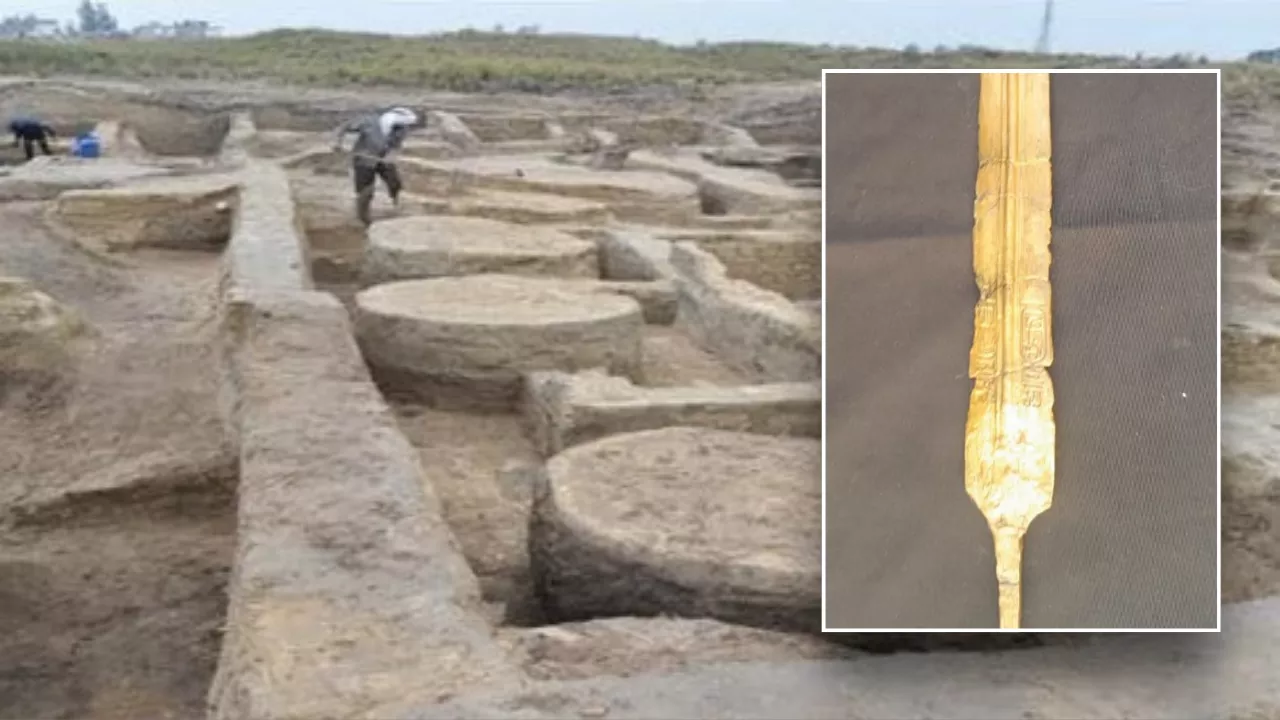 Ancient Sword Belonging To Ramesses II Found By Egyptian ArchaeologistsEgyptian archaeologists recently uncovered an ancient bronze sword bearing the cartouche of Ramesses II during excavations at a military fort in Housh Eissa. The find, announced by the Egyptian Ministry of Tourism and Antiquities, sheds light on the daily lives and military activities of soldiers who served under the famed pharaoh, believed to be the ruler referenced in the Book of Exodus.
Ancient Sword Belonging To Ramesses II Found By Egyptian ArchaeologistsEgyptian archaeologists recently uncovered an ancient bronze sword bearing the cartouche of Ramesses II during excavations at a military fort in Housh Eissa. The find, announced by the Egyptian Ministry of Tourism and Antiquities, sheds light on the daily lives and military activities of soldiers who served under the famed pharaoh, believed to be the ruler referenced in the Book of Exodus.
Read more »
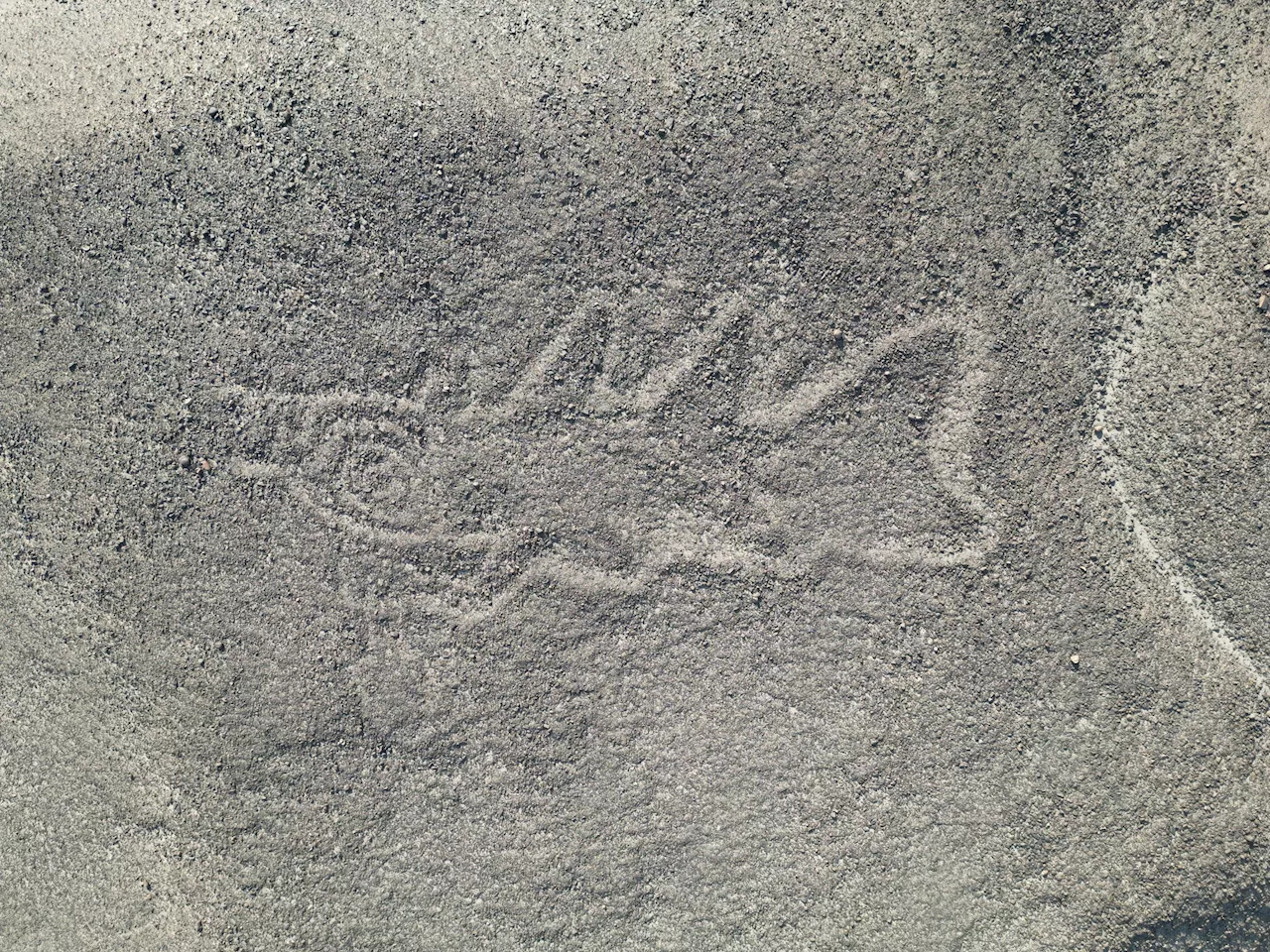 Archaeologists use AI to find hundreds of geoglyphs in Peru's Nazca DesertA small team of archaeologists at Yamagata University, working with a colleague from Université Paris, and a pair of AI researchers from the IBM Thomas J. Watson Research Center, used an AI model to find more geoglyphs on the floor of Peru's Nazca Desert.
Archaeologists use AI to find hundreds of geoglyphs in Peru's Nazca DesertA small team of archaeologists at Yamagata University, working with a colleague from Université Paris, and a pair of AI researchers from the IBM Thomas J. Watson Research Center, used an AI model to find more geoglyphs on the floor of Peru's Nazca Desert.
Read more »
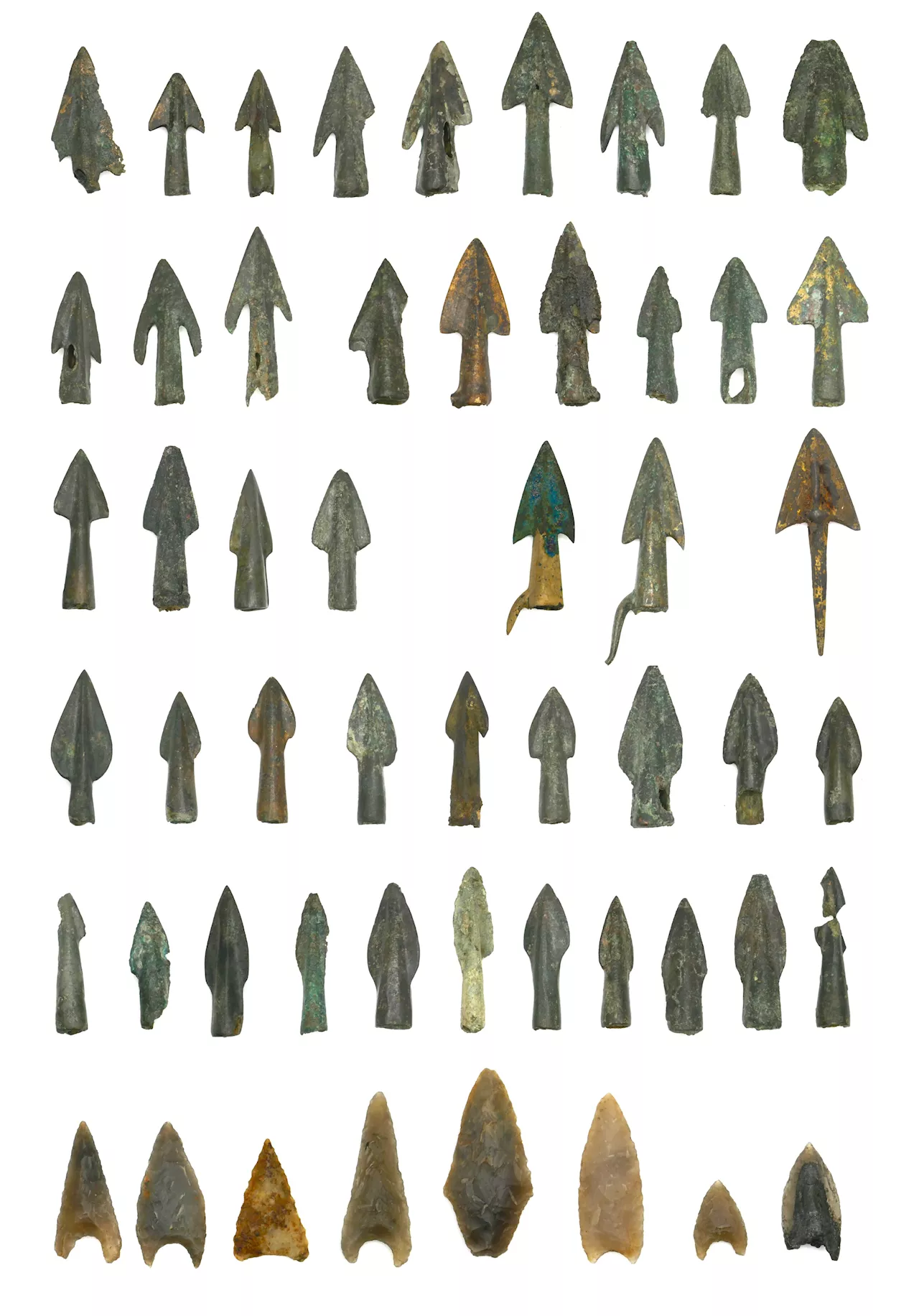 Archaeologists discover southern army fought at 'Europe's oldest battle'Archaeologists analyzed thirteenth century BC bronze and flint arrowheads from the Tollense Valley, north-east Germany, uncovering the earliest evidence for large-scale interregional conflict in Europe. The Tollense Valley in Mecklenburg-Western Pomerania is well-known as the site of a large conflict dating to c. 1250 BC.
Archaeologists discover southern army fought at 'Europe's oldest battle'Archaeologists analyzed thirteenth century BC bronze and flint arrowheads from the Tollense Valley, north-east Germany, uncovering the earliest evidence for large-scale interregional conflict in Europe. The Tollense Valley in Mecklenburg-Western Pomerania is well-known as the site of a large conflict dating to c. 1250 BC.
Read more »
